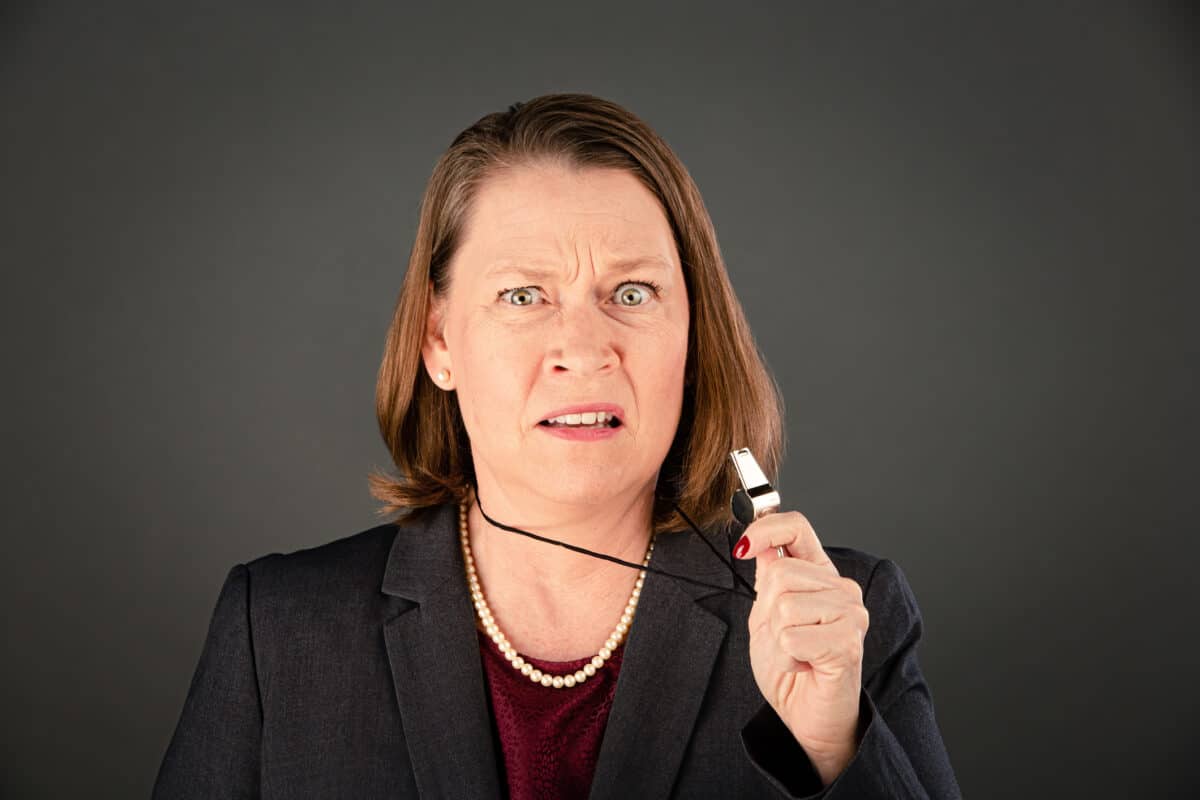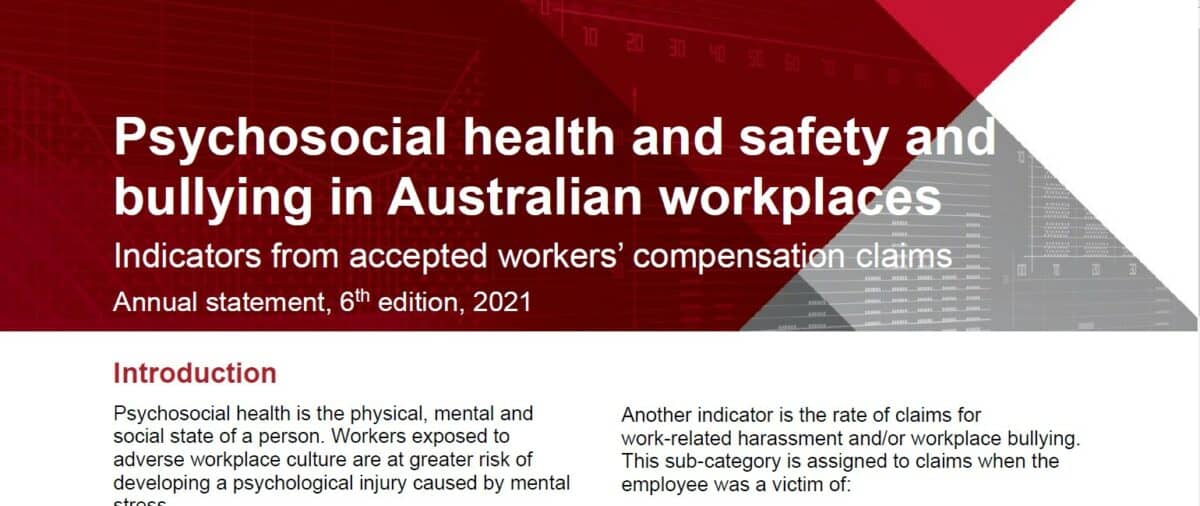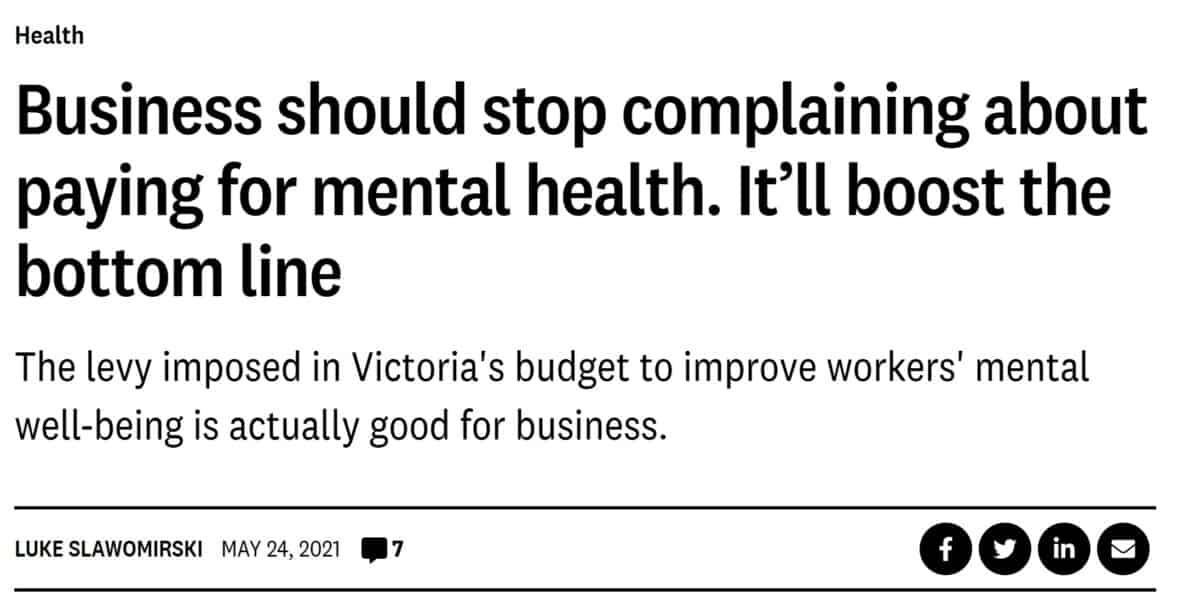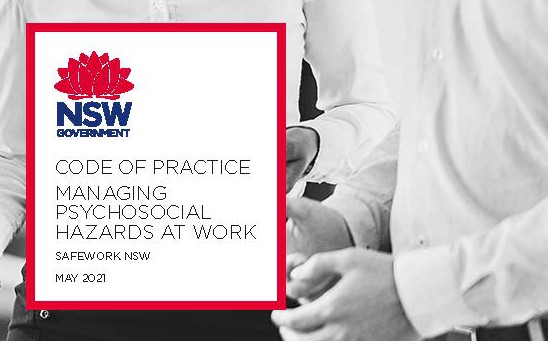Part 1 of 2
Many organisations provide support for those experiencing mental health conditions, in workplaces particularly. These are important services; some have filled the gap left by the occupational health and safety (OHS) profession and regulators who neglected psychological health to prioritise traumatic physical injuries. But what is meant by “mental health conditions”? SafetyAtWorkBlog went on a short desktop journey to find out.
On 14 October 2021, the Australian Chamber of Commerce and Industry released a report called “Small Business, Mental Health; navigating the complex landscape“. Part of that complexity stems from the confusing terminology about “psychosocial health” and “workplace mental health”. The ACCI says:







